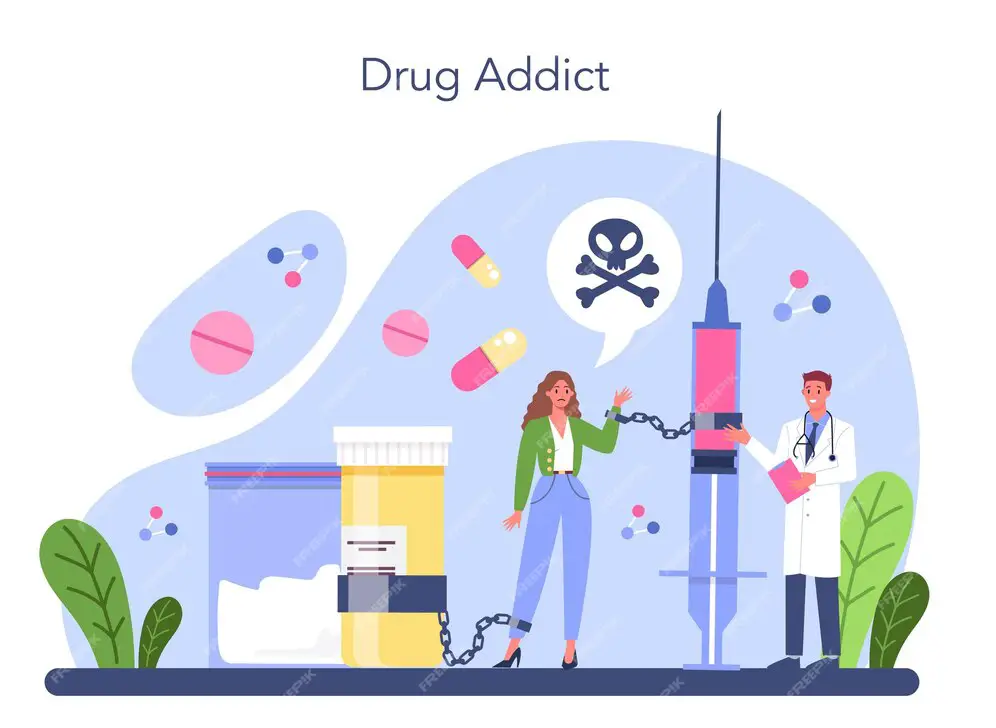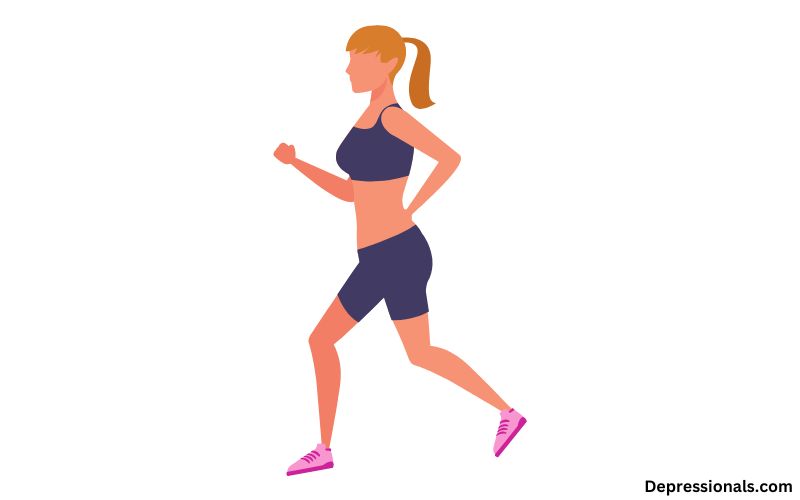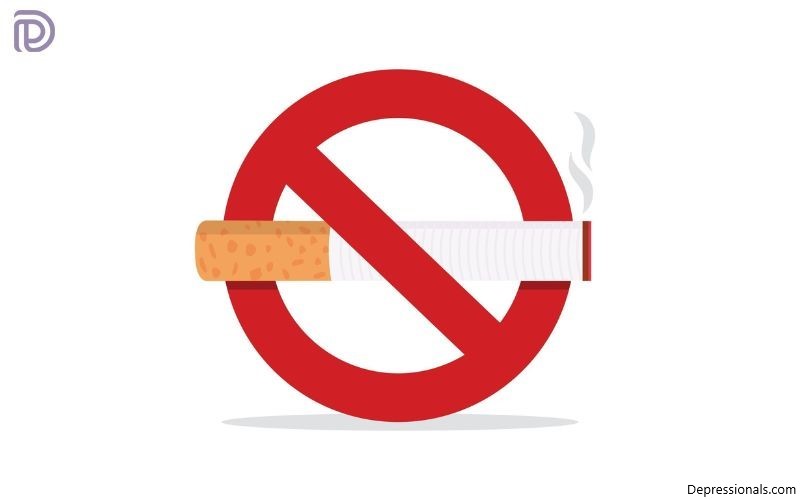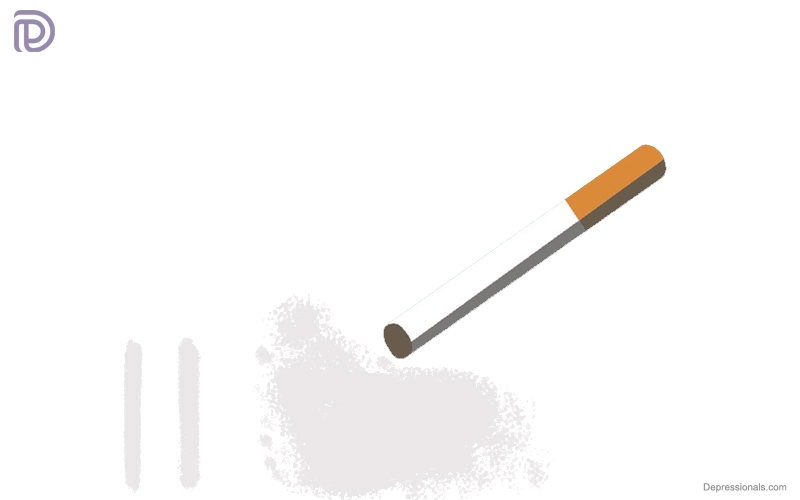Stimulant use disorder is a disorder in which stimulants are used non-medically. In the DSM-5, a substance abuse disorder is defined as “a prolonged use of stimulants such as amphetamines, cocaine, or other psychostimulants leading to clinically significant impairment or distress of varying degrees.” Currently, the most commonly used psychoactive drugs are stimulants. The recent year alone has seen 200 million Americans use stimulants of some sort.
Read: Cocaine Addiction
Definition
Psychoactive drugs, like stimulants, are chemicals or substances that affect one’s behavior, mind and body. Ingesting stimulants can be done in many ways, including smoking, injecting, snorting, chewing and even drinking. Users of synthetic stimulants are seeking alternative chemical reactions to avoid jail time, legal penalties, and drug screening detection in order to avoid paying jail time, legal penalties, and poor results from drug tests.
Substance use disorder can develop if the user becomes addicted to it and is dependent on it over time. Addiction can develop when substance use develops into dependence and then addiction over time. Symptoms of withdrawal occur when physical dependence and mental dependence develop.
There are many types of stimulants, but some of the most common are caffeine, methamphetamine, cocaine, nicotine, amphetamine, diet pills, congeners, electronic cigarettes, sports drinks, plant stimulants, and the ever-expanding designer stimulants like bath salts.
A 2015 study by the Centers for Disease Control and Prevention indicates that nicotine and caffeine are the two most widely consumed stimulants today. One study estimates that 400 million cups of coffee are consumed every day and 36.5 million individuals smoke cigarettes. But nicotine is a separate disorder, which is treated psychiatrically.
In contrast, caffeine misuse does not qualify as such a disorder; therefore, it cannot be considered one of the stimulant-related disorders or any other substance-related disorder. The DSM-5 recognizes a few isolated conditions relating to caffeine, however, such as caffeine intoxication, caffeine withdrawal, and other caffeine-related disorders (such as anxiety disorders and sleeping disorders).
Read: Opioid Use Disorder
Shift work and stimulants
The use of stimulants by people who develop stimulant use disorder can occur for a variety of reasons, including recreational use, weight loss, and coping with long hours or the stresses of unsocial work. There is still a possibility of developing stimulant use disorder, even if drugs are not being used for pleasure in this context.
Some people have a greater ability to adapt to staying up late or longer than usual during the night.
It can be helpful to include lifestyle changes, such as waking up at the same time every day, even on days off, getting out of bed instead of sleeping, and going to bed at the same time each night. It is also possible to help your eyes by exposing them to sunlight as early in the day as possible during the day as well as exercising during the day.
You may want to consider a change of job or even career if you make these changes and still struggle to stay awake without drugs. It is better to make a change before the problem develops than to lose your job later on because stimulant use disorder is unpleasant, but also can lead to serious work problems.
Signs and symptoms
Short-term effects
The use of stimulants, even in small doses, can result in reduced appetite, improved physical activity and alertness, convulsions, elevated body temperature, increased respiration, irregular heart rhythm, and elevated blood pressure; some of which can be fatal, depending on the medical history of the user, even for first-time users.
Long-term effects
If stimulants are used for an extended period of time, they can eventually lead to very serious medical issues, such as addiction. The neurobiology of stimulant addiction, like those of other forms of addiction, causes the reward system to become conditioned by the stimulant in question (in this case, stimulants). If stimulants are misused for an extended period of time, they often experience physiological changes that can negatively affect their quality of life and result in long-term problems.
Stimulant abuse signs
Symptoms of stimulant use disorder include the inability to reduce the frequency of use and usage, the desire to use the substance more frequently to obtain the same effects, the development of a tolerance to the substance, and continuing to use despite negative repercussions and interference with one’s daily life and functioning.
Further, withdrawal symptoms may occur from reducing the amount or frequency of the drug, or from stopping use altogether. There are many ways that withdrawal symptoms can appear and last, based on the frequency and dosage used by the individual. An increase in appetite, decreased energy, depression, loss of motivation, insomnia, agitation, and an intense drug craving are among the side effects of marijuana use. There’s a high chance of relapse among the user unless intensive medical and psychological treatment is sought.
Read: Gambling Disorder
Epidemiology
When stimulants are used in humans, they cause rapid weight loss, cardiovascular effects like increased heart rate, respiration, and blood pressure, mental abnormalities like paranoia, anxiety, and aggression, as well as a change in our brain’s survival pathway, which is known as the reward/reinforcement pathway. Additionally, stimulant abuse disorder can cause an increase in energy, a reduction in appetite, an increase in alertness and an increase in confidence.
Medical
There are many uses for stimulants in medicine across a wide range of conditions, including asthma, colds, depression, obesity, and a wide range of physical ailments. Children and adults with attention deficit hyperactivity disorder (ADHD) are often prescribed stimulants such as Adderall, Ritalin and Vyvanse.
Recreational
The purpose of stimulants in recreational use is to shift one’s mood and users feel a “rush” as dopamine, epinephrine, and norepinephrine flood the central nervous system. An electrical and chemical rush occurs in the brain when both electrical and chemical activity suddenly changes. Stimulants alter the body’s own energy chemicals, so they are forced out and released when they aren’t needed. Recreationally, stimulants are typically smoked, injected, snorted and swallowed. Each has a different effect on the body.
Read: Inhalant Use Disorder
The Use of Stimulants for Shift Work
Some people who suffer from stimulant use disorder use the drugs for therapeutic reasons, while others use them to cope with long or unsociable work hours. Although drugs in this context are not being used for pleasure, addiction can still develop, even though they are not being used as a means of pleasure.
Some people are better able to adapt when their body’s natural rhythms are impacted by staying awake during the night, or for longer than usual.
Changing your schedule, such as setting your alarm each day at the same time, getting up instead of sleeping in on holidays, and going to bed at the same time makes a difference. It is also beneficial to expose your eyes to sunlight during the daytime and to exercise during the day.
Changing these habits might help you to stay awake without drugs, but if you still find yourself falling asleep, it might be wise to consider changing jobs. It is better to avoid losing your job later rather than to become ill from stimulant use disorder.






Very interesting points you have remarked, appreciate it for putting up. “Strength does not come from physical capacity. It comes from an indomitable will.” by Mohandas Karamchand Gandhi.
It’s really a cool and helpful piece of info. I am happy that you simply shared this useful info with us. Please keep us informed like this. Thank you for sharing.